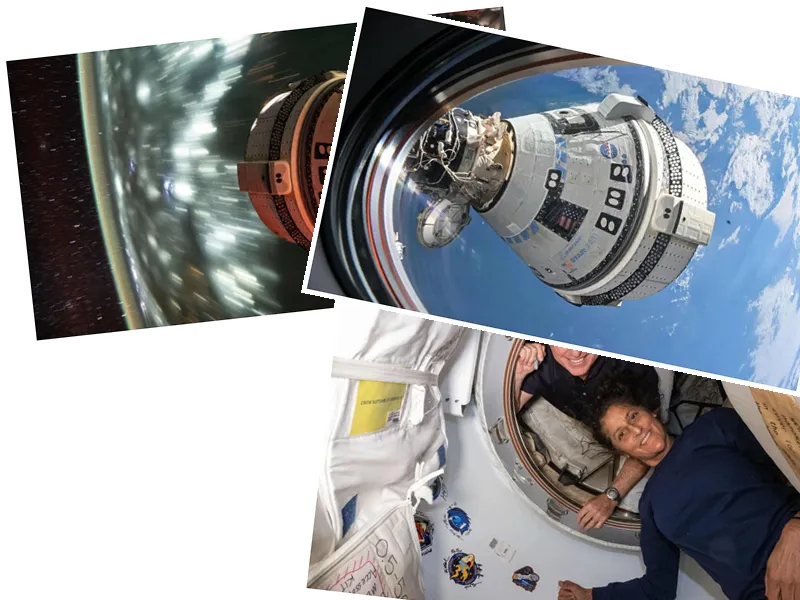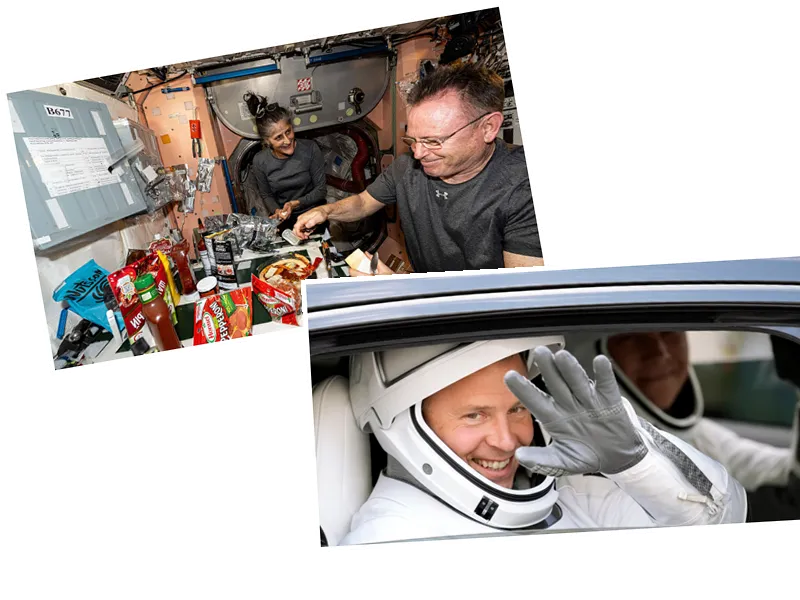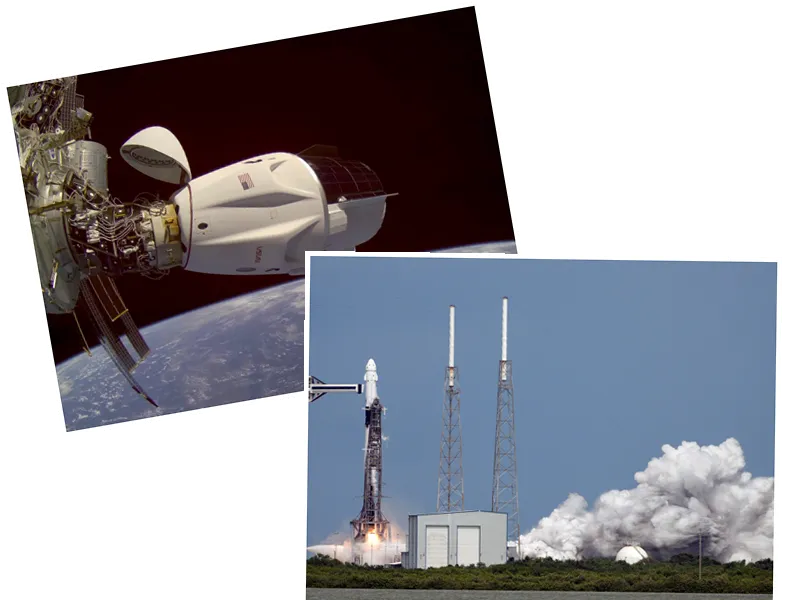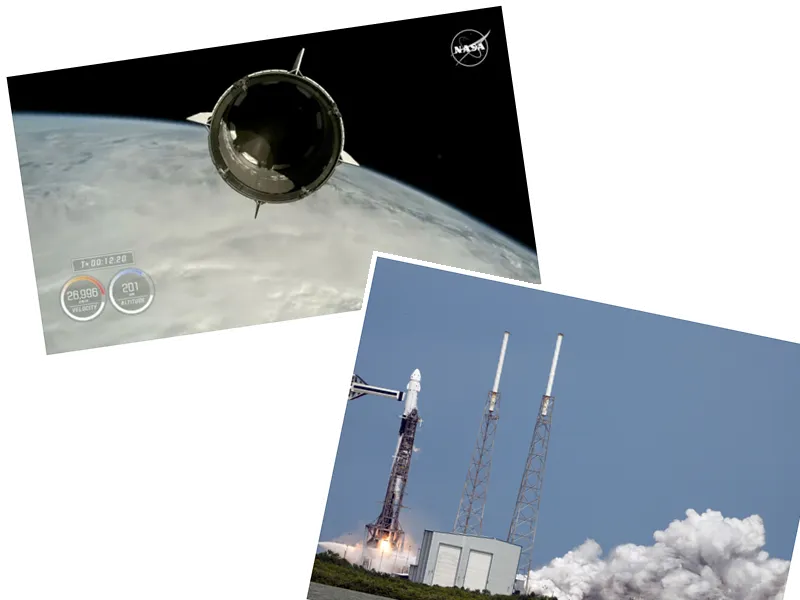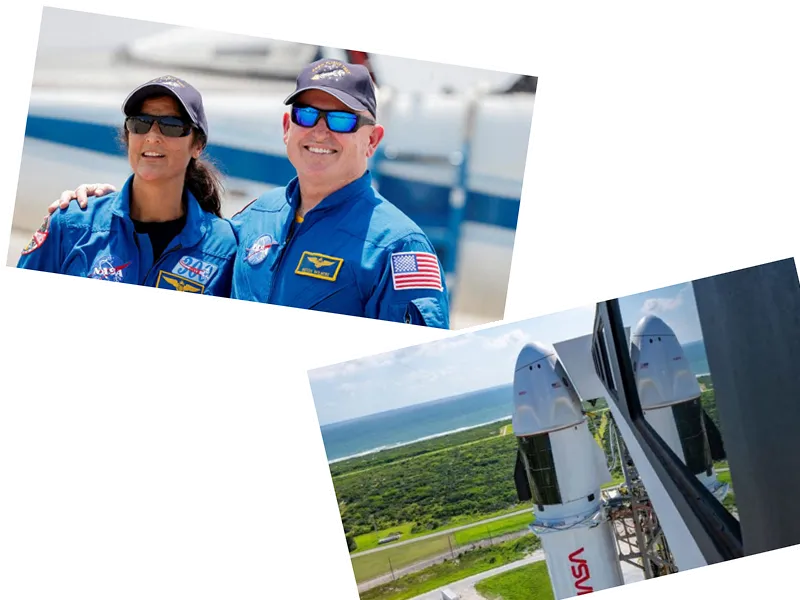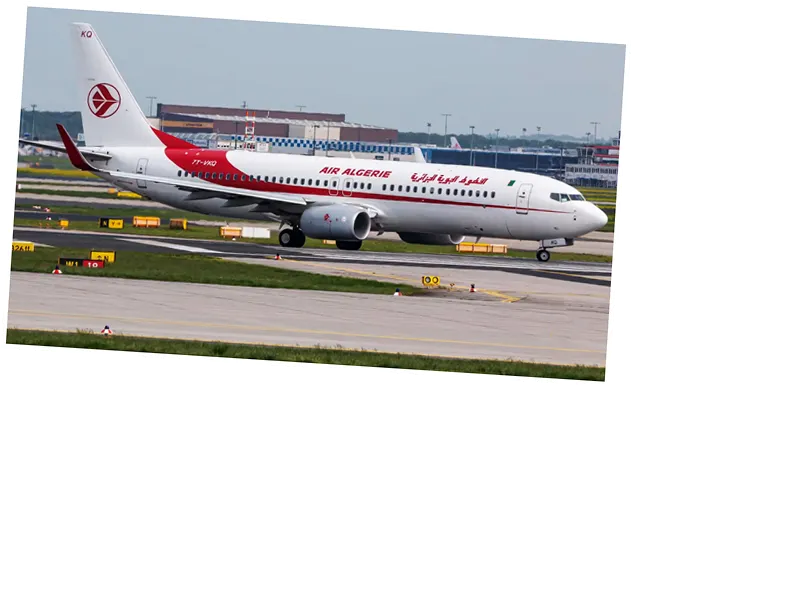Boeing's Starliner Capsule Completes Uncrewed Return to Earth
Boeing's Starliner capsule, affectionately dubbed "Calypso," has successfully undocked from the International Space Station (ISS) after a prolonged stay that began on June 6. The spacecraft is concluding its journey back to Earth, but not without leaving behind its crew of two NASA astronauts, Butch Wilmore and Suni Williams, who will remain aboard the ISS for an extended period due to safety concerns. This decision comes after multiple technical issues plagued the Starliner during its mission, leading NASA to opt for an uncrewed return to mitigate risks associated with the spacecraft's performance.
The undocking took place at 6 p.m. ET, with Starliner expected to land at White Sands Space Harbor in New Mexico around midnight. This marks a significant milestone as Starliner aims to be the first U.S.-made capsule to land on solid ground rather than splash down in the ocean. NASA officials expressed cautious optimism about the capsule's return, emphasizing the importance of the reentry phase, which presents considerable challenges due to the intense heat and pressure involved. Starliner will need to navigate this stage while maintaining precise orientation, a task complicated by previous failures of its thrusters during the outbound flight.
Despite Boeing's confidence in the Starliner's design, concerns remain about its reliability. The mission has faced setbacks, including helium leaks and thruster failures, which prompted NASA to extend the astronauts' stay on the ISS. The astronauts are now scheduled to return to Earth in a SpaceX capsule in February 2025, highlighting the ongoing competition between Boeing and SpaceX in the commercial crew program. As the aerospace community watches closely, the successful return of Starliner could have significant implications for Boeing's future missions and its partnership with NASA.
- In the lead-up to the undocking, NASA conducted final checks and expressed confidence in the capsule's ability to complete its return flight. However, the decision to send Starliner back uncrewed reflects a broader concern about the spacecraft's readiness for crewed missions. NASA's Commercial Crew Program manager, Steve Stich, noted that the decision was made to prioritize astronaut safety, given the uncertainties surrounding the thruster system's performance. Boeing has indicated that it is committed to addressing the issues identified during this mission and will work closely with NASA to ensure the Starliner's future reliability.
- The Starliner program has faced numerous challenges since its inception, including software issues and delays that have set back its operational timeline. Initially slated for regular crewed flights in 2018, the program's progress has been hindered by a series of technical problems and management decisions. As Boeing works to regain NASA's trust, the future of Starliner remains uncertain, with potential implications for upcoming missions to the ISS and beyond.
